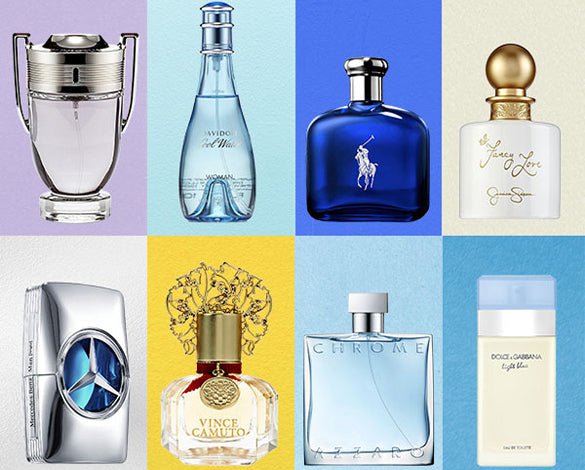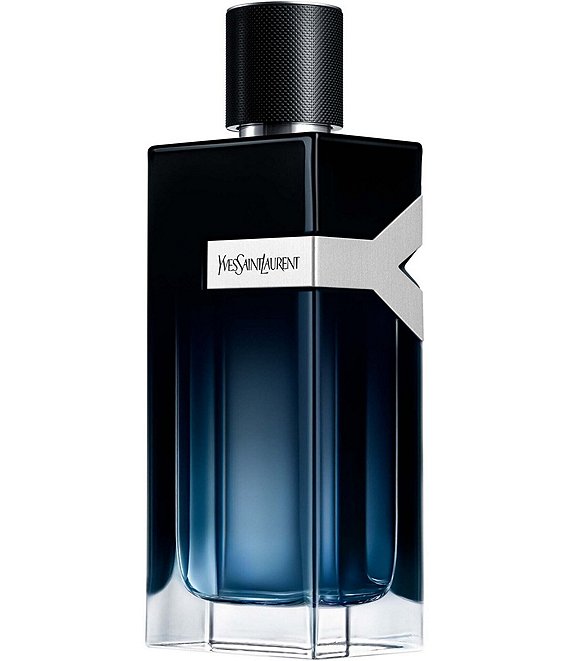Organic Perfumes: Natural Fragrances for Health-Conscious Consumers
Organic Perfumes: Natural Fragrances for Health-Conscious Consumers
Blog Article
From Traditional to Modern: A Trip Via the Advancement of Perfumes and Fragrance Trends
As we stand at the limit of perfumery's abundant background, the trip from traditional to contemporary fragrances beckons us to witness the complex tapestry of fragrances woven with time. The evolution of perfumes and scent patterns mirrors the ever-changing landscape of social norms, artistic motions, and technological developments. From the ancient roots of perfumery to the advanced technologies of today, each period has left its unique mark on the olfactory globe. Join us as we start a fascinating trip via the worlds of fragrance, discovering just how the previous remains to form the fragrant existing and future.
Historical Origins of Perfumery
The historic origins of perfumery can be mapped back to ancient worlds such as Egypt, Mesopotamia, and China, where fragrant oils and incense were utilized for spiritual events, routines, and personal accessory. In ancient Egypt, perfumes held substantial social and religious relevance, with aromas like cedarwood, incense, and incense being generally used. The Egyptians also developed sophisticated techniques for drawing out essential oils from blossoms and plants, laying the foundation for contemporary perfumery.
Similarly, Mesopotamians made use of perfumes in spiritual ceremonies devoted to their divine beings. The famous Epic of Gilgamesh, one of the earliest surviving jobs of literary works, even discusses the relevance of perfumery. In China, aromatic products were made use of in different types, including incense, sachets, and in bathing rituals. The Chinese likewise established ingenious methods for mixing scents, which later affected perfumery methods in other parts of the world.
These ancient people not only appreciated the positive fragrances however likewise recognized the spiritual and symbolic significance of fragrances, leading the way for the advancement of perfumery through the ages.

Advancement of Classic Fragrances
Having actually established a rich historical structure rooted in ancient human beings, the advancement of traditional fragrances showcases the enduring influence and technology that have actually specified perfumery gradually. Classic fragrances, such as Chanel No. 5, Shalimar by Guerlain, and Happiness by Jean Patou, have actually stood the test of time by captivating generations with their ageless scents. These famous fragrances usually feature an unified mix of leading, center, and base notes, developing intricate olfactory experiences that evoke fond memories and refinement.
The evolution of classic scents is noted by a balance in between practice and modernity. While these timeless aromas preserve their original significance, perfumers continually adapt to transforming choices by incorporating contemporary spins. Traditional scents have motivated countless contemporary productions, working as a foundation for the advancement of new scent accounts and combinations.
In today's market, timeless scents remain preferred among consumers that value the beauty and refinement linked with these famous fragrances. As perfumery continues to advance, classic fragrances act as a pointer of the enduring charm and virtuosity that specify the world of fragrances.

Impact of Modern Innovations
A significant shift in the scent sector has been moved by the combination of modern technologies, improving the landscape of perfumery with advanced techniques and components. Innovations in biotechnology have allowed for the development of artificial variations of natural fragrances, giving perfumers with a wider variety of options to deal with. Molecular distillation strategies have made it possible for the removal of purer and a lot more focused significances, leading to the development of longer-lasting fragrances.
In addition, the use of fabricated intelligence and device knowing algorithms has actually description changed the procedure of scent production by examining customer choices and market fads to predict the next prominent fragrance notes. Furthermore, lasting methods have actually come to be a key focus in modern-day perfumery, with an expanding emphasis on green sourcing, manufacturing, and product packaging.
Moving Patterns in Scent Market
In the middle of the dynamic landscape of the scent important source industry, discernible shifts in customer choices and market characteristics are shaping the trajectory of perfumery trends. One noteworthy pattern is the climbing demand for green and sustainable fragrances. Consumers are coming to be much more ecologically aware, resulting in a preference for fragrances made from all-natural ingredients and lasting production methods.
Additionally, there is a growing passion in gender-neutral and unisex scents as conventional sex standards continue to obscure. Brand names are significantly focusing on creating aromas that attract a varied variety of identifications and preferences, reflecting the developing social perspectives towards gender and uniqueness.
In regards to scent accounts, fresh and tidy scents are acquiring appeal, mirroring the modern preference for minimalism and simplicity. On the various other hand, facility and exotic scents influenced by different cultures and regions are also making a mark in the sector, satisfying customers looking for immersive and special olfactory experiences.
Exploring Olfactory Experiences Today
In the realm of modern perfumery, the expedition of olfactory experiences today looks into a varied tapestry of aromas that mesmerize the detects with innovation and see virtuosity. Modern perfumers are pressing boundaries by including special combinations and unconventional notes to produce olfactory masterpieces that attract a wide variety of preferences.
One famous pattern in current olfactory experiences is the surge of particular niche fragrances. These specialized scents cater to people seeking unique and distinctive perfumes that set them apart from conventional offerings. Specific niche perfumes commonly concentrate on top quality components and workmanship, offering users with a feeling of high-end and individuality.
Additionally, sustainability and eco-consciousness have actually become important to contemporary olfactory experiences. Fragrance homes are increasingly prioritizing eco-friendly practices, from sourcing ingredients ethically to making use of recyclable product packaging - perfumes. Customers are attracted to fragrances that not only smell beautiful but additionally align with their worths of sustainability and obligation
Final Thought

As we stand at the threshold of perfumery's abundant history, the journey from classic to modern-day scents bids us to witness the intricate tapestry of fragrances woven via time. Timeless fragrances, such as Chanel No (perfumes). 5, Shalimar by Guerlain, and Delight by Jean Patou, have actually stood the test of time by exciting generations with their classic fragrances. Traditional fragrances have inspired numerous contemporary developments, serving as a foundation for the advancement of new scent profiles and mixes
Additionally, the use of artificial intelligence and equipment understanding formulas has actually changed the procedure of scent production by analyzing customer preferences and market trends to anticipate the next preferred fragrance notes. As patterns change and brand-new fragrances arise, the journey via the evolution of fragrances offers a glance right into the dynamic nature of the scent sector and the enduring charm of scent exploration.
Report this page